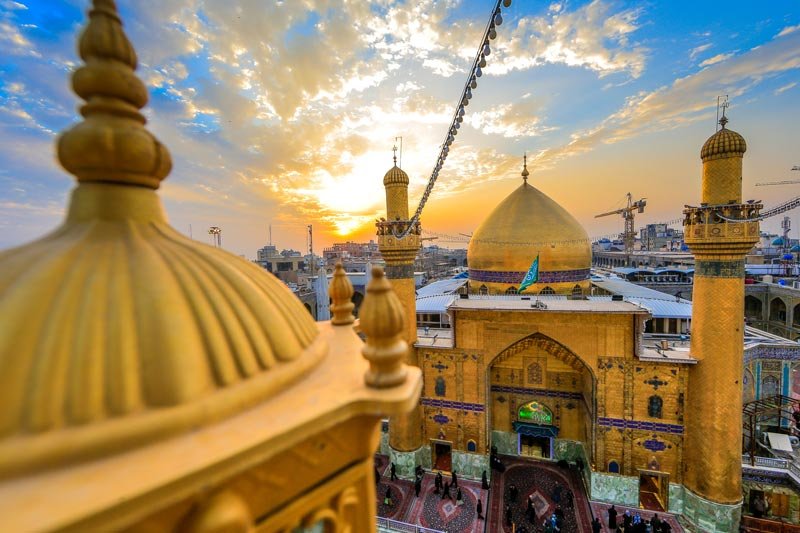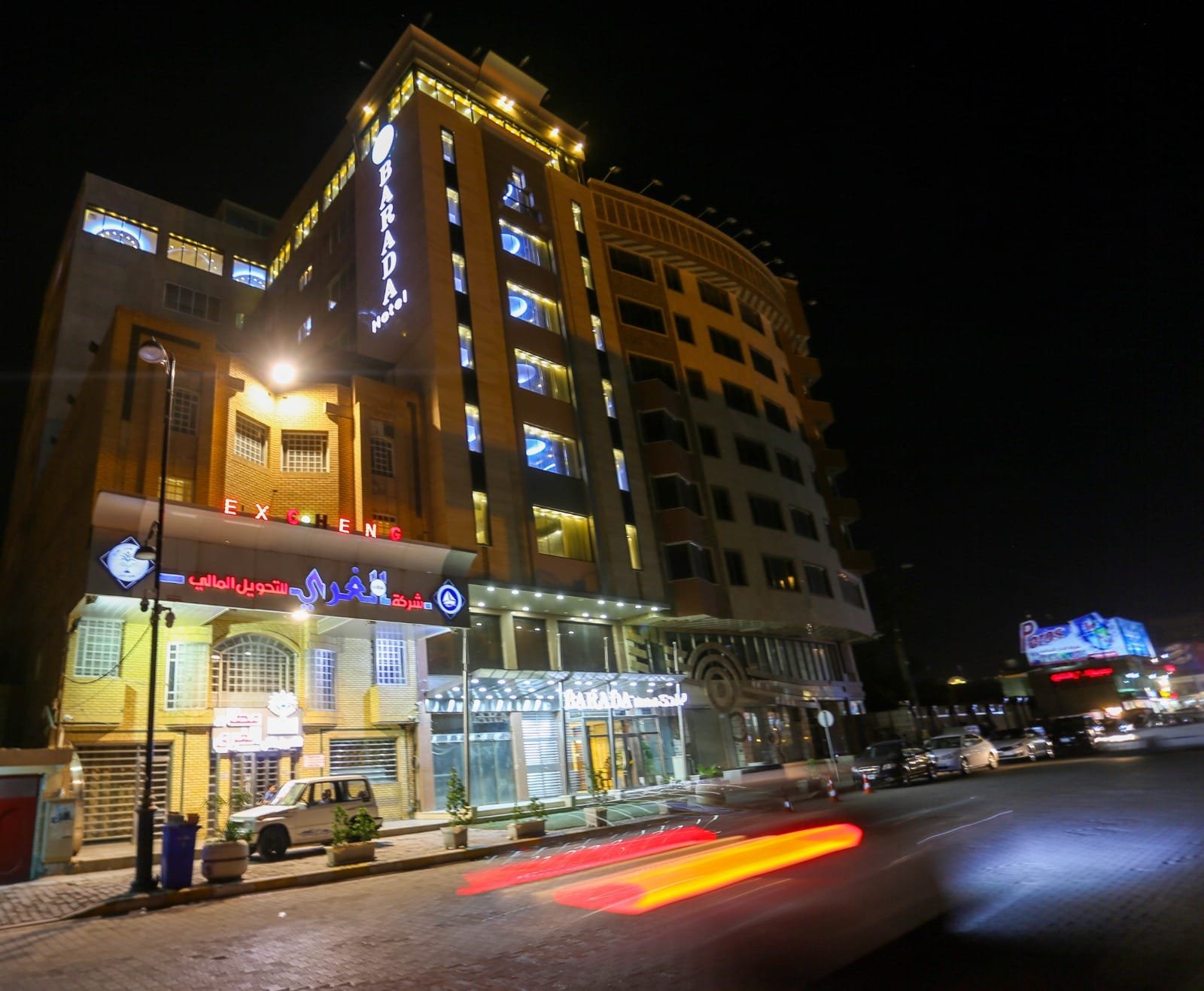Najaf
Najaf, or Najaf al-Ashraf, is one of the most prominent cities in Iraq and the center of Najaf Governorate. It is located to the southwest of the capital, Baghdad. Its population is 1,221,248 people according to 2011 statistics. It is considered the fifth largest city in terms of population and also one of the most important cities in Iraq due to the presence of the shrine of Ali bin Abi Talib, the first Imam among the Shiites and the fourth of the Rightly Guided Caliphs among the Sunnis and the center of the Shiite seminary in Iraq. The history of the city dates back to the pre-Islamic era, when it was a center for Christian monasteries. After that, it became the capital of the Islamic state during the reign of Ali bin Abi Talib. The city was affiliated with Kufa. The origin of the name goes back to the hollow, meaning the place that water does not reach. The city is sacred to Muslims, especially Shiites, as it is the shrine of the first Imam of the Shiites, Ali bin Abi Talib. It contains the mosques of Kufa and Sahla. There are also several historical landmarks in the city, most of which are Islamic landmarks. Najaf was chosen as the capital of Islamic culture in 2012.
It is one of the most famous names by which the Najaf region is known, and it is the most used and occurs in books of language, history and geography, in addition to religious hadiths reported from the Ahl al-Bayt. In the language books, Najaf is an Arabic name meaning (the hollow). Ibn Zakariya said: ((Najaf is a rectangular place that is not topped by water)) meaning a high place or a high place that is not topped by water. ((Najaf is like a hill)), and the plural is Najaf, and it is ((the bottom of the earth is easy to be led into the earth, it has valleys that flow into soft ground)), and Al-Azhari said about it ((Najaf is behind Kufa and it is like a channel that prevents the flood water from rising to the homes and graves of Kufa)). As for Ibn Jubayr, he expressed it by saying ((It is behind Kufa as if it is a border between it and the desert and it is a solid part of the earth, spacious and wide for the eye in it is desire, approval and delight)) and Hunayn Al-Hiri Al-Mughni referred to it by saying: I am Hunayn and my home is Najaf and my companion is none other than the young man Al-Qasf. (Massignon) believes that the name Najaf was given in ancient times to the western part overlooking the salty Basra of that tongue, meaning, more precisely, it is the region known as ((Dahr Al-Hirah - Dahr Al-Kufa)). Some narrations transmitted from the Imams say that Najaf is the mountain about which the son of Noah said, “I will seek refuge in a mountain that will protect me from the water.” There was a sea in the region called the Sea of (Al-Ni), then it dried up after that, so it was said, “Ni dried up, so it was called Naijif, then after that they called it (Najaf) because it was easier on their tongues.”






